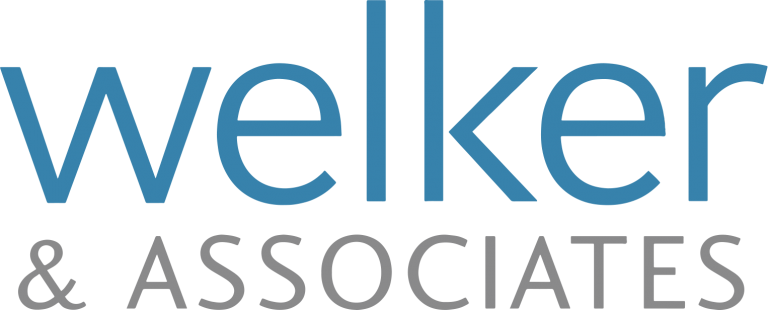There are several kinds of debt that can be included in a personal bankruptcy. Recognizing the kind of debt that is included in a bankruptcy and comparing them to your own debts can be the first step towards obtaining your fresh start.
Some of the most common debts are:
Tax debt
Owing money to the government regarding income tax debt is no different than owing money to any other creditor and it can be released by the filing of personal bankruptcy or making a consumer proposal.
Car loan debt
Even if you’ve surrendered your car to a secured creditor, the loan does not simply disappear. The lender will continue to collect on this debt until the loan is paid in full. Any shortfall owing on any secured loan can be eliminated by filing personal bankruptcy.
Cell phone debt
Cell phone companies have the ability to report to the credit bureau and place this debt on your credit report.
Credit card debt
The more cards you have the more at risk you are for borrowing more than you can repay. This leads to the never-ending cycle of credit card debt.
Payday loans
The fees that go with payday loans accumulate quickly and many people end up taking out a second payday loan just to pay for their first one.
Student loans
If you have ceased being a full or part-time student for a minimum of 7 years, student loan debts can be eliminated by filing personal bankruptcy or making a consumer proposal.
Consolidation debt
Consolidation loans aren’t always a complete solution as they don’t include all of your debts. If you’ve decided to consolidate your loans through an unsecured loan, and still can’t make your payments, these amounts can be included in a bankruptcy.
When debtors are only able to make minimum payments and use more credit to help make ends meet, their debts keep growing. It’s never too late to contact us to discuss your options at a free consultation.



